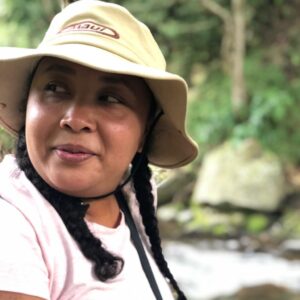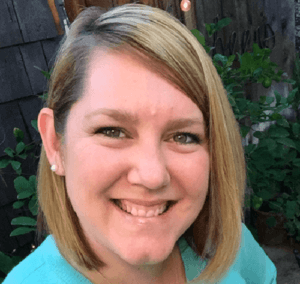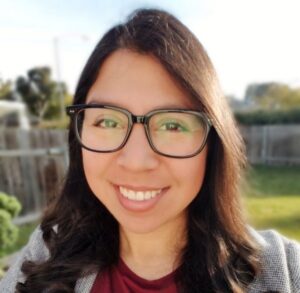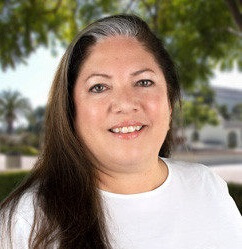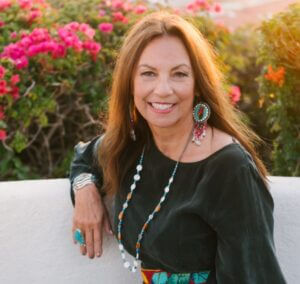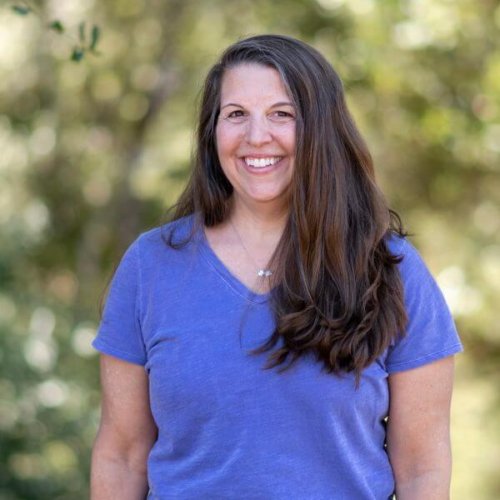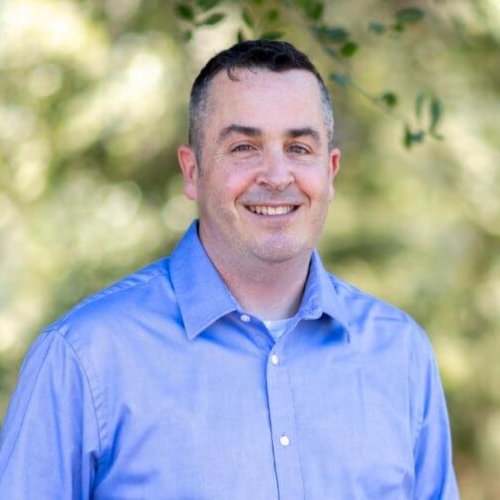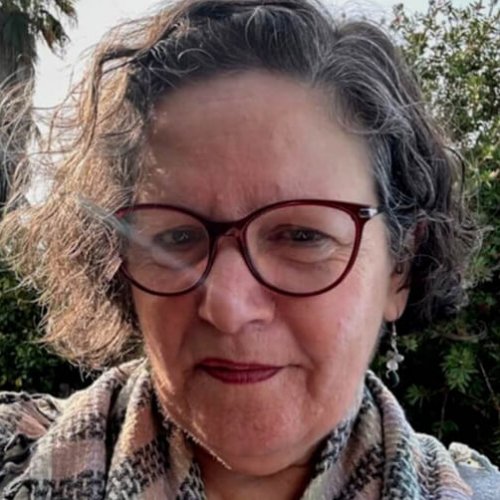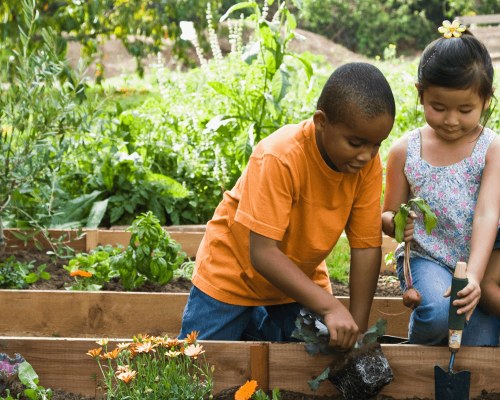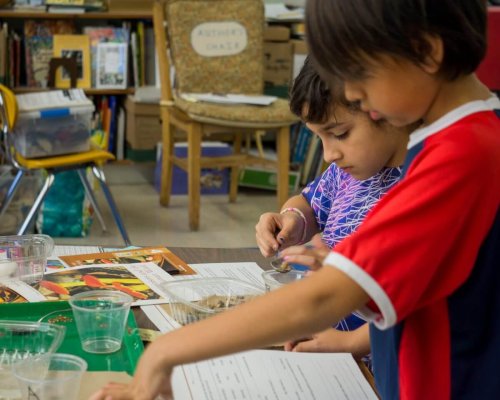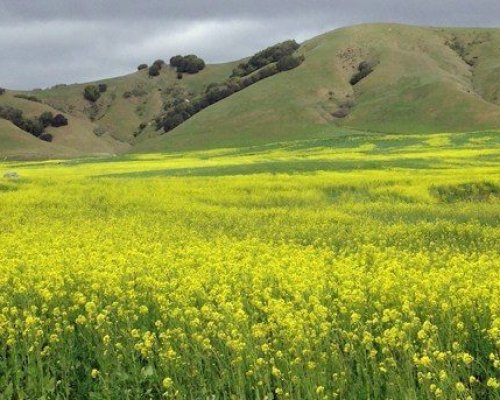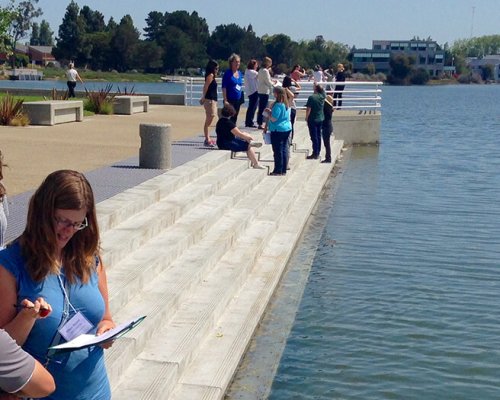Developed in response to teacher and community demand, Seeds to Solutions™ is a set of free, solutions-oriented, age-appropriate instructional resources on California environmental issues for grades K–12.
Learn more and download the units at seedstosolutions.org
Filling a Gap in Students’ Education
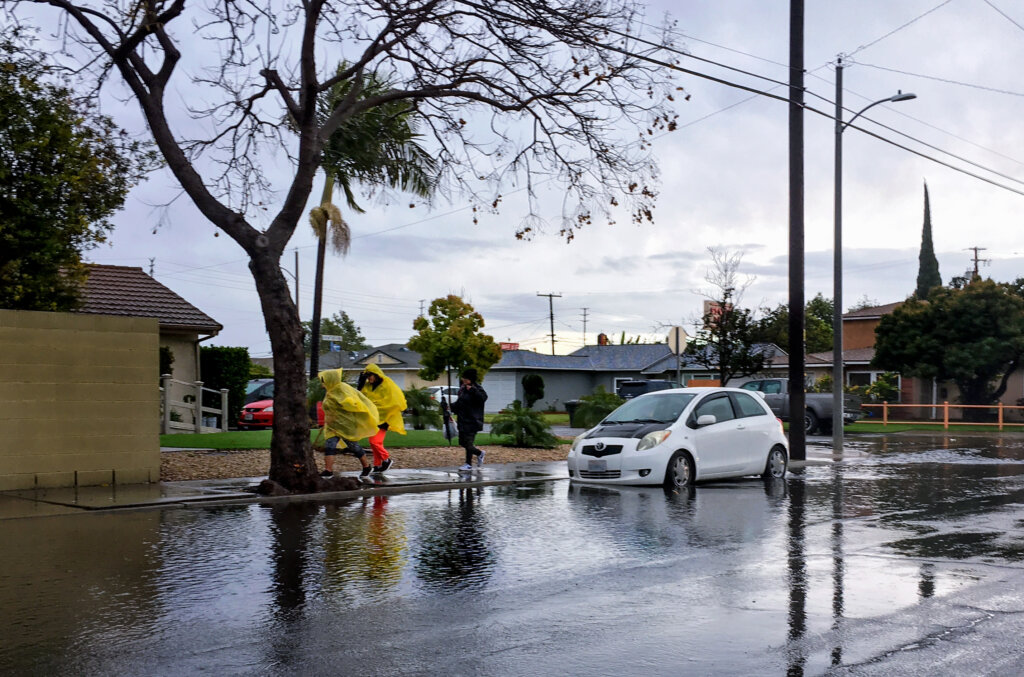
Students are witnessing environmental changes in their communities, like extreme heat, flooding, and wildfires. Yet, until now, teachers have lacked California-specific instructional resources to address these critical topics.
Seeds to Solutions™ changes that, delivering the tools educators need to engage and empower.
Ten Strands is proud to be the San Mateo County Office of Education’s partner in developing these groundbreaking instructional materials. Seeds to Solutions is available now at seedstosolutions.org.
Seeds to Solutions empowers students to be environmentally literate, engaged community members prepared to act for the well-being of their family, broader community, and environment.

Stay Informed
- Get updates on Seeds to Solutions
- Learn about opportunities to get involved
- Receive California environmental literacy news from Ten Strands
About Seeds to Solutions
Engages and empowers by sparking student curiosity
- Students get the opportunity to investigate age-appropriate, California-specific environmental issues and solutions
- Inquiry-based Storyline approach to learning helps students learn how to think, not what to think
- Mindful of students’ personal experiences with environmental issues, like wildfire and flooding
Supports teachers in meeting state standards
- Free supplemental resources that align to state standards, Environmental Principles & Concepts, and frameworks
- One 15-hour unit of instruction at each grade level; integration with science, history-social science, mathematics, and English language arts
- Culturally relevant and includes the experiences of youth and communities statewide
What Teachers Are Saying
Unit Topics
Each Seeds to Solutions unit explores a developmentally appropriate environmental issue in California. Students do sense-making individually and as a class and explore solutions — transforming classroom learning into discussions that go beyond school. Lessons are driven by student questions and culminate in an action plan where students design and participate in solutions.
| Grade | Topic | Unit Driving Question |
|---|---|---|
| K | Observing Our Natural World | How do we explore and make choices about the world around us? |
| 1 | Food Waste | How does the food we throw away impact our community and how can we throw away less food? |
| 2 | Open Space | Why is open space important? |
| 3 | Extreme Temperatures | What impact does extreme heat have in California, and what can we do about it? |
| 4 | Power Outages and Energy Systems | What does climate change have to do with power outages, and what can our community do to become more energy resilient? |
| 5 | Wildfires | How can Californians use fire responsibly to prevent destructive wildfires? |
| 6 | Food Systems | How does a changing climate impact our food and what can we do about it? |
| 7 | Land Subsidence and Groundwater | Why is the Central Valley sinking and what can we do about it? |
| 8 | Air Quality | What affects the air quality in the San Bernadino-Riverside area, and what can we do about it? |
| 9-10: Life Science | Life + Environmental Science: Managing Water for California Communities and Ecosystems | How can we manage water in California communities and ecosystems in a changing climate? |
| 9-10: Physical Science | Physical + Environmental Science: Greenhouse Gas Emissions and Consumerism | How does our stuff impact climate change? |
| 11: Intro to Environmental Justice | Interdisciplinary Environmental Science: Engaging in Research | Why does environmental injustice persist, and what can we do about it? |
| 12: Environmental Justice Case Studies | Interdisciplinary Environmental Science: Conducting Case Studies | How does bringing together many different types of evidence make an effective case for environmental justice? |
Program Partners and Advisors
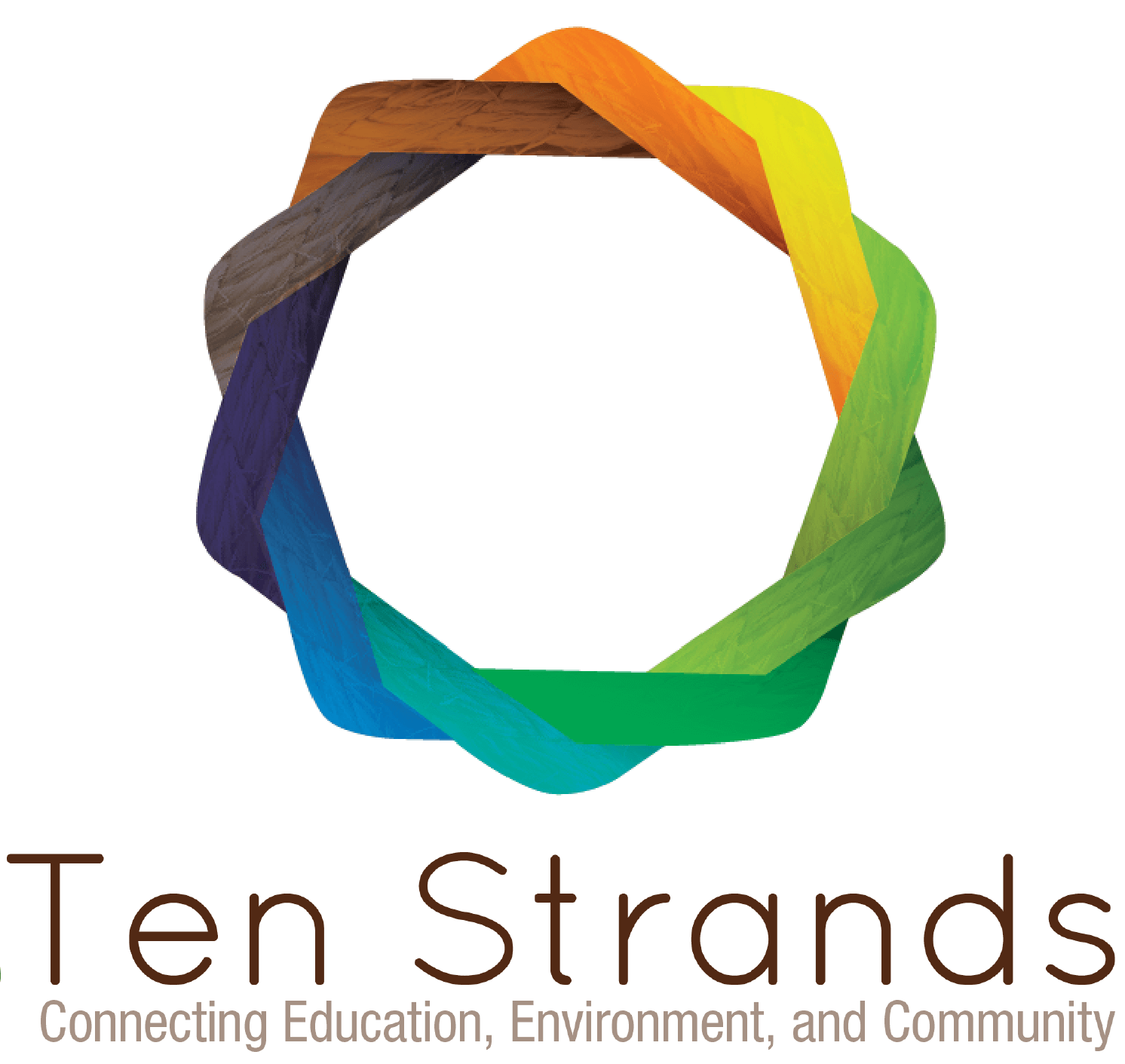
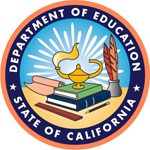
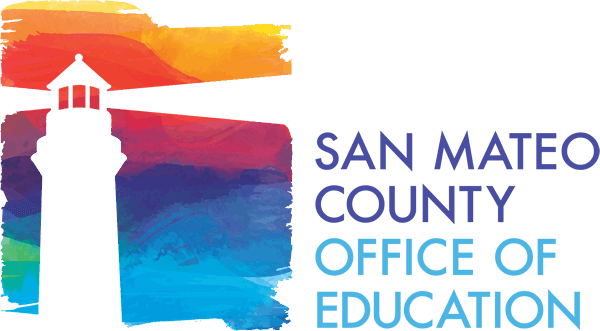
A Unique, Community-Driven Development Process
Most curriculum is developed by publishing companies. We wanted to do something different. From the outset, we wanted Seeds to Solutions to reflect the experiences of California communities closest to the problem of climate change and environmental injustice.
The development process intentionally taps the expertise of community-based organizations, experts in climate science and traditional ecological knowledge, curriculum-development specialists, and teacher and youth leaders.
Community Partners
Groups working with communities most impacted by climate change who have contributed to the topics and direction for each grade level unit
Curriculum-Development Experts
Organizations with deep experience developing open education resources focused on climate change and environmental justice and supporting professional learning
- BSCS Science Learning
- California Subject Matter Project
- Concord Consortium
- The Climate Collective


